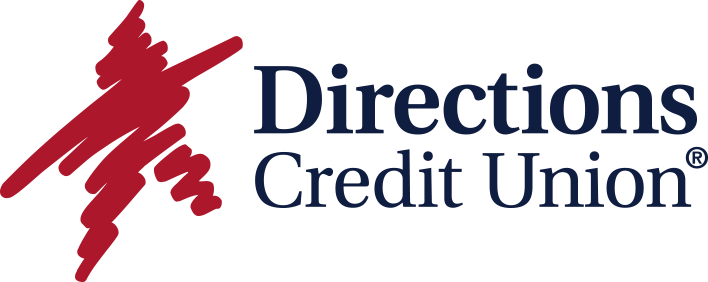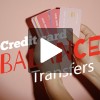Options for Reducing Debt
- Details
- Written by Remar Sutton
- Category: Articles

According to the Federal Reserve Bank of New York's Center for Microeconomic Data's Quarterly Report on Household Debt and Credit for the first quarter of 2018, U.S. households have 815 billion dollars in credit card debt. If you have credit card debt, you have probably received a debt consolidation offer in the mail. These letters use teaser lines to make the loan look like a good deal. But, they lack details. In this report we look at these offers and alternatives.
Paying down credit card debt is a winner for your financial well-being, no matter what options you choose.
Why Am I Receiving These Letters?
The Fair Credit Reporting Act (FCRA) permits the consumer credit reporting companies Equifax, Experian, TransUnion, and Innovis to include your name on lists used by credit issuers or insurers to make unsolicited preapproved or prescreened offers of credit or insurance. You received the offer because information in your credit report met certain criteria.
Under the FCRA, if you don't want to receive unsolicited preapproved or prescreened offers for credit cards, loans or insurance, you can opt out. You can call 1-888-567-8688 or optoutprescreen.com which is provided by the consumer credit reporting companies. You can opt out for 5 years on the website. To opt out permanently, you will need to mail a form that is available through the website.
What Information Should You Look for—And Be Wary Of—in the Offer?
Pre-approval. Even if the offer states that you are pre-approved, the company will need more documentation to complete the loan and they could still deny it. This information might be provided in the fine print or elsewhere in the letter.
Interest rate. These offers typically use a qualified interest rate. For example, "at a rate as low as 3.98%." There is no guarantee that you will receive the stated rate. The offer may not state if is fixed or variable. The fine print might list the interest range such as "fixed from 4.99% to 29.99%."
Length of loan. If an offer mentions the length of the loan, it is typically buried in the fine print.
Amount of loan. The amount listed is usually the maximum that they will loan. That doesn't mean that you will receive that amount. The fine print might provide more information.
Fees. The offer may or may not mention fees. For example, some may charge a loan origination fee.
Are There Alternatives to These Offers?
While these offers may be tempting, there are other options to choose from.
Make a plan to pay down debt. Start by making a list of your income and expenses. This budget worksheet from consumer.gov can help. Determining where your money goes will help you identify necessary expenses and show you where you can prioritize your other expenses so that you can pay down your debt.
Consider a personal loan from your financial institution. With a personal loan you borrow a lump sum that you pay back over a set period of time. The fixed interest rate is typically lower than your credit cards. You will pay less in interest with a lower monthly payment.
Transfer balances to a lower interest card. Some credit cards offer a deal on transfers with a low or very low interest rate for a specific number of months. This option will only work if you can pay off the balance in the specified time. When evaluating an offer, determine if there is a balance transfer free. These fees are typically 3% of the amount transferred.
Home equity loan or line of credit. Using the equity in your home is an option for some people. There are more considerations for this option. The interest rate may be fixed or variable. There may also be closing costs for the loan. Use caution when considering this option as you would be replacing unsecured credit card debt with secured debt. That security is your home, so think carefully before using this option.
The Bottom Line
Paying down credit card debt is a winner for your financial well-being, no matter what options you choose. Paying down debt will free up more money to spend on things you and your family need and on savings.














